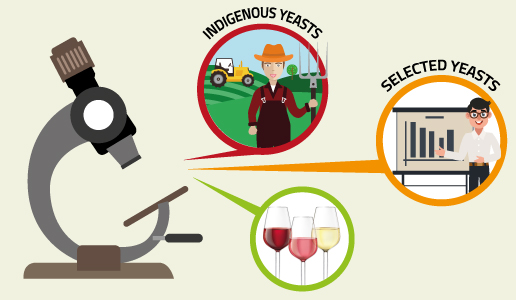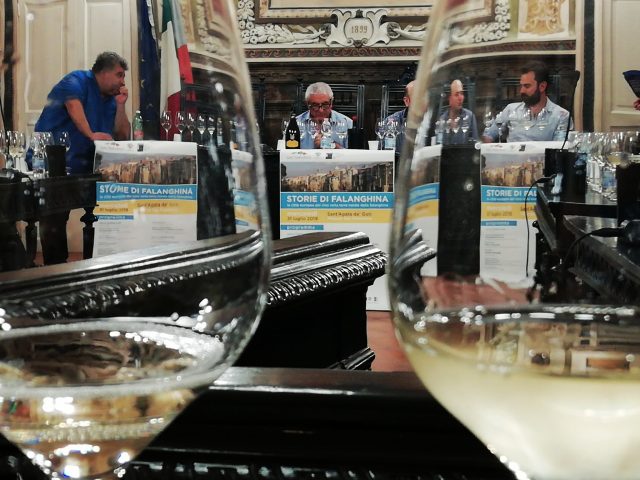A fist full of yeast

Selected or natural yeast? The microbiology of winemaking is a very complex subject and, for the most part, an unexplored one with no one having the final word.
The polemic over whether to use natural or selected yeasts has been raging for some time now on certain “wine” sites. Yeasts are nothing more than saccharomyces, microorganisms that transform the sugars in grape must into ethyl alcohol, resulting in alcoholic fermentation and the production of carbon dioxide that “boils” the must.
There are various strains of natural or indigenous yeasts and they can be found in the skins of grapes as well as in the air in wineries where fermentation takes place. There are also many and much used “selected yeasts”, the result of a simple selection of strains present in nature and of their characterization, and these yeasts are cultivated by large biotechnological companies that then sell them. These are not “artificial” yeasts or chemical products but living saccharomyces obtained by cultivating certain strains to ensure consistent and safe fermentation eliminating those strains that can block fermentation or that cannot resist certain concentrations of alcohol. Or that can produce high levels of sulphur dioxide or acetic aldehyde or acetic acid. A classic example of resistance to high concentrations of sugar and alcohol are the so-called “vinsanto yeasts” that are used when the must is produced by pressing grapes that have rasinated and are thus very rich in sugar, which has difficulty transforming into wine or does so only partially when using “normal” yeasts.
Very often, selected yeasts are simply good fermentation catalysts, in rare cases they work to develop certain characteristics especially in the case of wines that during fermentation acquire particular aromas, as in the case of Sauvignon. There are those who consider this a form of “doping” and they are not totally wrong. Indigenous yeasts are those that are “naturally” found in the winery. There are many strains of these and some are identical to the selected yeasts, while others are more specific and among these there are those that have positive effects and others that do not. A famous enologist often repeats that the various strains of yeasts are like breeds of dogs. There do no exists good dogs or bad dogs but only dogs that are more suited for certain purposes. For example, one would not take a Doberman to go hunting or choose a dachshund to herd sheep nor race a Saint Bernard and use a greyhound to pull a dogsled in the snow.
While it is true that indigenous-natural yeasts can give wines some very interesting nuances, it is also true that it is easy for them to create problems. When they block fermentation they not only keep the must from becoming wine but they also produce carbon dioxide that, being a heavy gas, creates an insulation layer during fermentation between the must and the air, protecting it from oxidation and the attack of acetic bacteria. Thus a kind of globalization in reverse, one determined by the aromas of oxidation and spark that are the same in all wines and that fatally make them lose their typicity and territoriality.
There are both pros and cons to using either type of yeast. Then again, the microbiology of winemaking is a very complex subject and for the most part an unexplored one and for this reason neither those in favor of using one or the other has the final word. There are some fantastic wines using both approaches, just as there are some common and even defective wines. I do not believe the key lies in the strain of yeast, just as there is no absolute good or bad.
Once again, I believe that research and dialogue are much more important, rather than stoking useless and even violent polemics. And this just for a fist full of yeast.

 Italiano
Italiano








